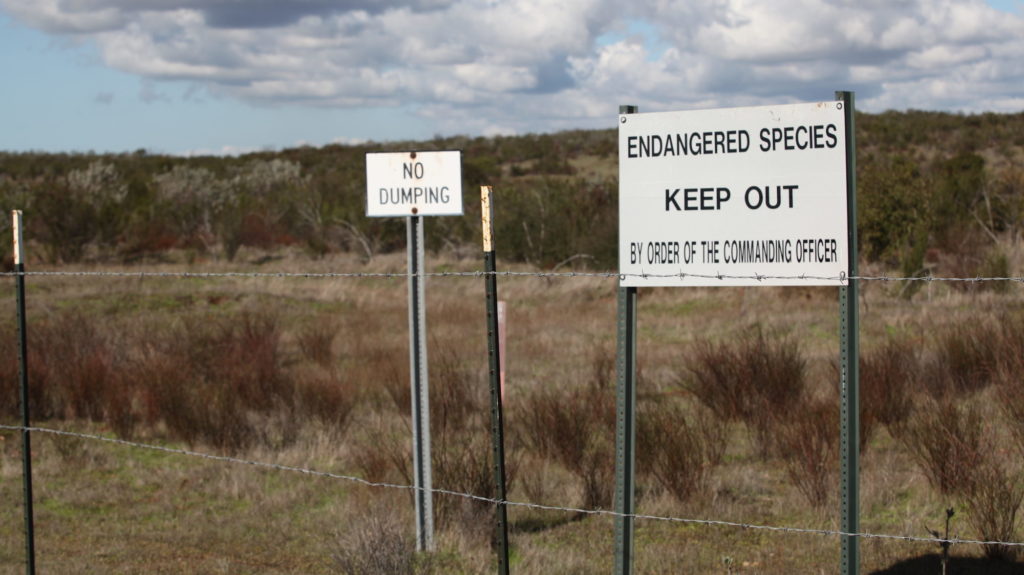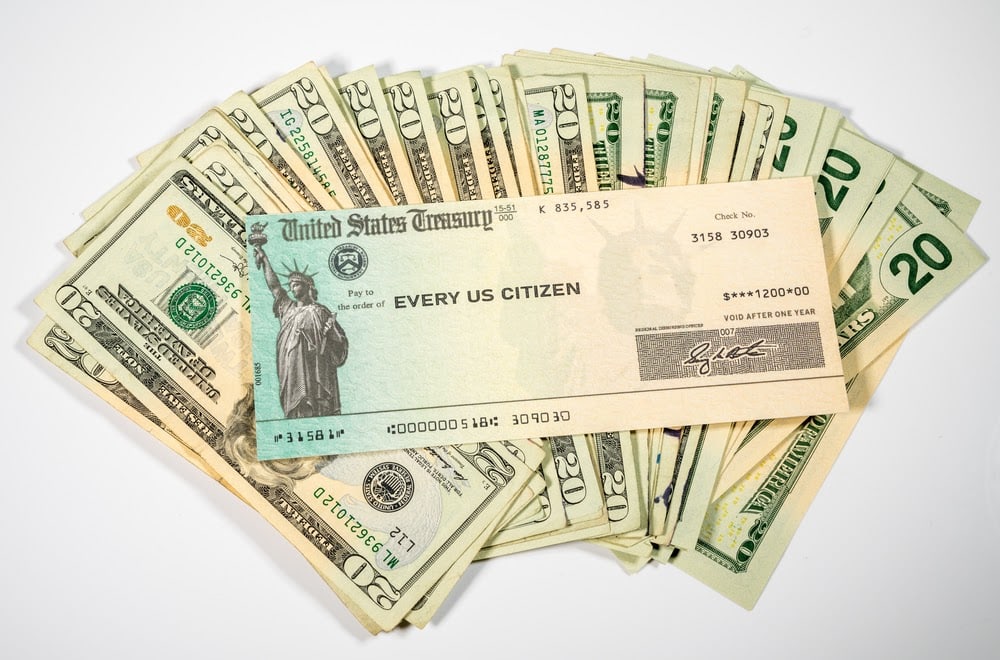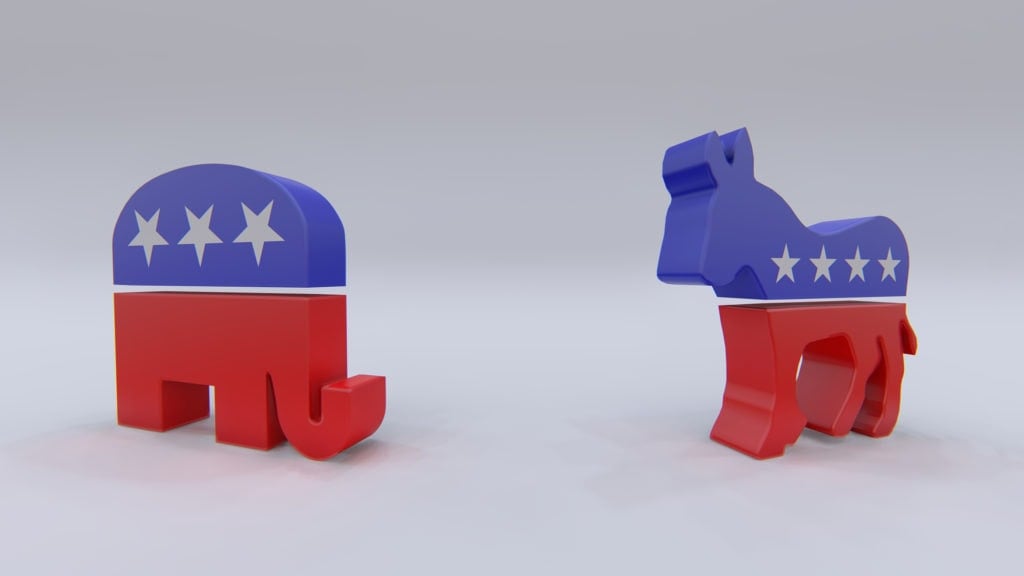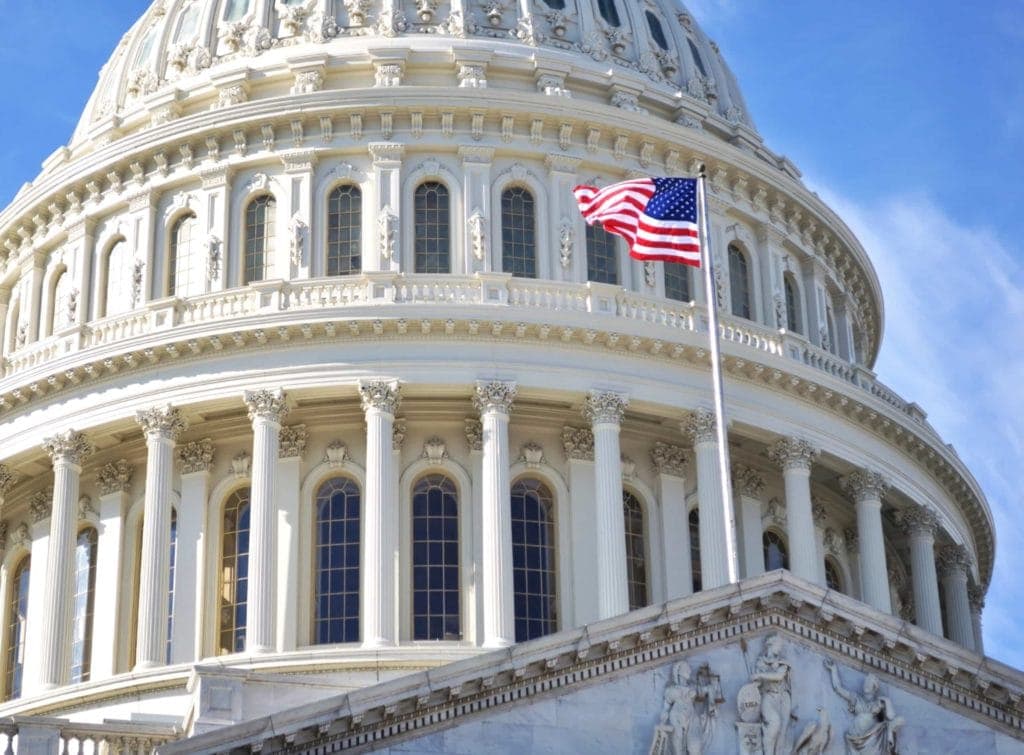Special interest of the political-environmental left have used the Endangered Species Act as a tool to increase the unconstitutional power of the federal government to suppress industries they view as harmful to the environment.
The ESA is one of several environmental laws passed in the 1970s that served as provisional attempts to protect species considered at risk of going extinct due to economic growth and alleged dis-concern for conservation of our environment.
Reform is needed. Thankfully, the GOP-held U.S. Senate opened up the dialogue of “modernizing” the ESA via the use of deregulation and the dismantling of the law.
Our elected leaders in Washington D.C. held a committee meeting earlier this year to discuss the possibilities of modernizing the ESA. In order to understand the importance of this dialogue, we need a full picture of the impact of the ESA on business and the influence of the environmental lobby on government regulation.
Trust me, it sounds more complicated than it really is. Yet the importance of deregulation of industry and the private sector under the ESA is imperative—now, more than ever—under this new political climate.
Being Realistic About Reforms
To begin, if (and/or when) someone threatens the “green regime,” the billions of dollars backing the environmental lobby is put in full gear to squash any effort pushing back against status quo government regulation, even when it's been shown to fail time and again (e.g. - the Clean Water Act).
With this reality, we are not going to see the total repeal of the ESA, even if the 115th Congress does seek to “gut” the law. Though a total repeal would be ideal for the free market, it just won’t happen due to the multi-decade institutionalization of this law.
But, if there was a proposal introduced in the near future to reform and modernize the ESA, it would most likely focus on one of two areas in the free market. This first area that we could see action is a proposal that reaffirms private property rights through far reaching deregulatory measures.
A second area of action could be a proposal focused on alleviating the regulatory burden on the agricultural segments of the economy.
Reaffirming Private Property Rights
Even the most basic components of the free market, a citizen’s private property rights, have been threatened by several plays for expanding power. The ESA has many applications that can limit the growth of a local-level economy, per the regulation of the most trivial of things.
According to a lawsuit sponsored by the Pacific Legal Foundation, the ESA’s classification of the Utah prairie dog as a threatened species makes it illegal for residents in southwestern Utah to build new homes and businesses. The classification of the Utah prairie dog also prevents the local communities from protecting public facilities, like a cemetery and an airport, from infestation.
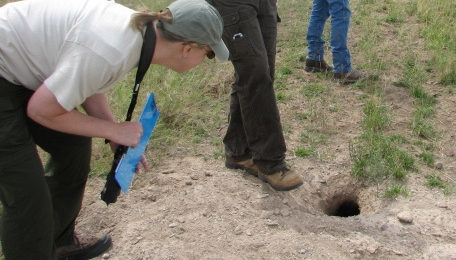
This particular case, on appeal in the 10th Circuit Court of the United States, is argued to be an over-extension of federal authority as it violates the Commerce Clause of the Constitution of the United States. In plain English, the law’s actions in this particular case infringes on a U.S. person’s right to conduct commerce and bolster economic activity due to the proverbial "illegalization" of other living things to live near Utah prairie dogs.
The simple approach would be to affirm that citizens can conduct commerce. Anything else would signal that the well-being and welfare of a small rodent is more of a concern to the federal government than limited economic growth in rural and mountain communities across the area.
Ineffective Endangered Species Classifications
The Utah prairie dog was classified as threatened decades ago; however, decades later, the species is making a very strong recovery but is still listed as threatened. In the U.S. Fish and Wildlife Service’s 2012 report on the recovery of the species the, “Utah prairie dog population trends appear to be stable to increasing,” despite risks from economic land activity, among other factors.
Consequently, the prairie dog does show adequate recovery, still today, with highly regulated take. So, why is it still classified? That is the golden question.
This, however serves as an example of the inadequacy of the ESA, as a law. Only 28 of the over 1,000 species listed on the U.S. Endangered Species List have been delisted. This is only a 1-2 percent effectiveness while other species, even at healthy population levels, are still on the list.
These benefits are merely mediocre, at best, as the law and levies a prohibition depriving the lawfully and constitutionally protected owners of private property of the rights many of us take for granted in other economic scenarios elsewhere in the country.
Agriculture’s Fight
Many of the property owners that are being deprived of their rights are the agricultural producers attempting to feed America’s population with such tight regulatory regimes.
Granted, we all can make a pro-market case for safe and sustainable food production practices; but, the ESA’s impact on the farming communities of our nation is overtly negative.
Considering the fact that when the ESA was passed in 1973, only 109 species were listed for protection. However, now, in 2017, over 1,600 domestic species are listed for protection with the aforementioned minimal success of delisting.
And, in lieu of antiquated approaches to addressing these issues, the modern economy has spurred the creation of voluntary conservation awareness programs at the state and local levels and private-public partnerships to recover threatened species without federal over regulation.
Yet, several environmental groups and the federal government utilize sue-and-settle tactics to undercut this. These actions, almost too often, target agricultural (Ag) producers for apparent violations of the ESA.
Nevertheless, farming and grazing activities on the massive tracts of Ag land have augmented habitats that have attracted threatened animal and plant species to thrive in cohabitation with the producer’s activity. But, this disregard is apparent because the ESA was constructed, “to halt and reverse the trend toward species extinction, whatever the cost,” according to federal court case Tennessee Valley Authority v. Hill.
This, in the light of case law, suggests that the rights of animals supersede the rights of producers who are some of the most respecting individuals of the environment in the American economy.
In the end, though, the obvious approach to address any types of reform, especially within the Ag industry, the changes need to be pro-people and pro-free markets.
READ ABOUT MORE POLICY ISSUES ON CAPITALISM.COM:
• How A $12 Federal Minimum Wage Hurts ‘The Engine of the Economy’
• Why Universal Basic Income Is A Ridiculous Idea
• Should Robots Pay Taxes?
